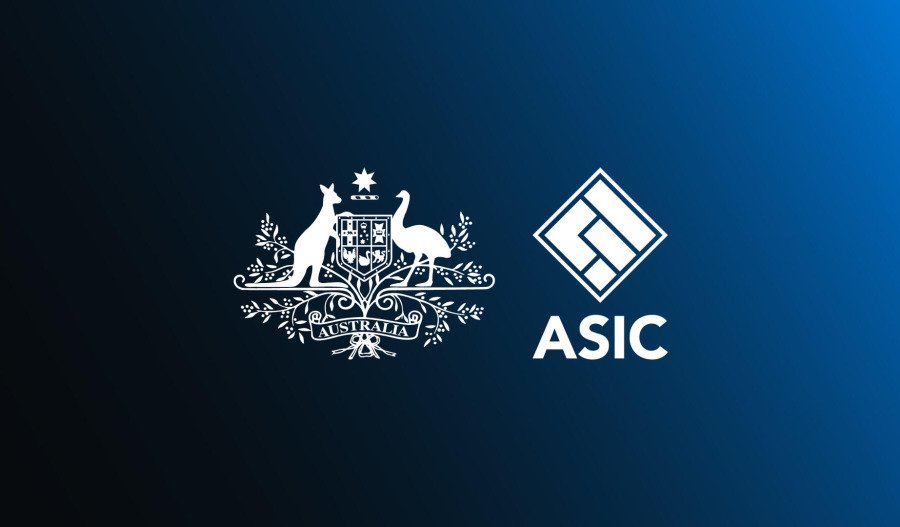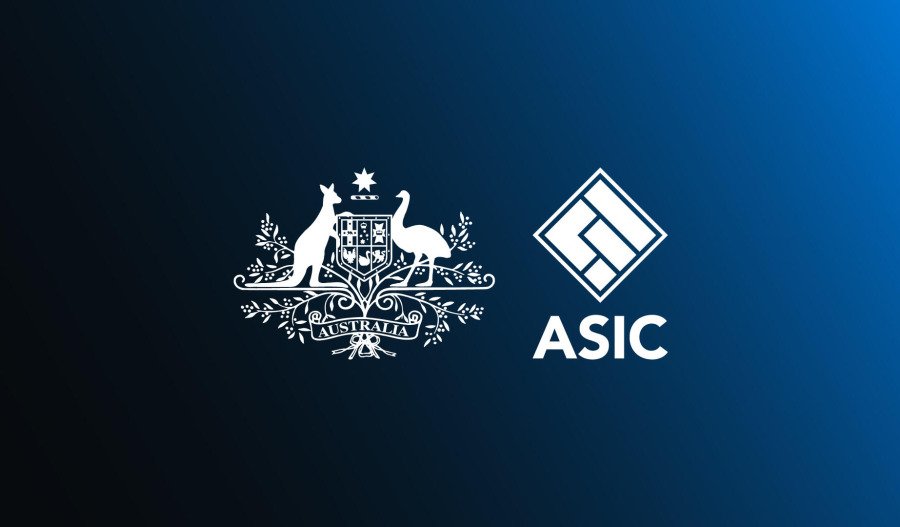In a manoeuvre that signals a clear ‘hands off’ broadside to super funds, the share markets' regulator, ASIC, is trying to simplify IPO rules to attract privately owned companies to transition to the main board of ASX.
In attempt to stanch the worst IPO drought since the global financial crisis (GFC), ASIC hopes that by streamlining the IPO process, more companies will want to join the ranks of the country's listed stocks.
ASX is falling in volume and value
In the year to May, the number of companies on the ASX has fallen from 2,113 to 2,078, while the market cap is down from $3,129,246 to $3,107,859.
However, ASIC is by no means the only game in town, with private companies and assets being the fertile hunting ground of super funds.
While super fund interest in private assets is nothing new, it recently reached new heights.
Based on Rainmaker Information’s analysis of APRA data, super funds had $400 billion invested in private market assets – up 34% - in the two years to June 2024.
What appears to be underscoring super fund interest in private real assets is their ability to generate strong returns.
Better investment opportunities than the ASX
The Institutional Roundup Report reveals that in the last two years private real assets recorded annual average growth of around 8%.
While this goes a long way to explaining why super funds allocated on average 10.9% of their total investments to private real assets, it only explains half the story.
Super funds are also well aware that the shrinking ASX presents increasingly fewer investment opportunities.
However, whether they’re ASX-listed or not, super fund - one way of another - tend to end up in control.
Based on Rainmaker research, super funds own around 38% of the Australian bourse and this is expected to grow to 41% by 2030.
By comparison, Deloitte’s predicts super funds will still only own 43% of the ASX by 2040.
While this still represents a significant slice of the ASX, the data suggests super funds are refocussing their attention to global equities and unlisted local and offshore assets.
Private equity
Overall, super funds splashed $106 billion at private equity – aka unlisted companies - making it the second-biggest private market asset with a 27% allocation.
A quick perusal of performance data shows why private equity is so popular.
When the Super Members Council (SMC) compared the performance of the following three asset classes in the five years to 30 September 2024, here’s what it found:
* Australian listed equity: 8.3% return.
* International listed equity: 12.1% return.
* Private equity: 14.7% return.
“Over the long-term, funds with more illiquid investments such as unlisted infrastructure have experienced higher risk-adjusted returns, which suggests they have captured a return premium for investing in these assets,” the SMC’s paper noted.
Here in Australia, Australian Retirement Trust (ART), Australian Super, Hostplus and Aware Super are the funds with the biggest private equity appetite.
Is super fund control a bad thing?
One of the commonly held fears over the sheer magnitude of super fund investment in the ASX is that they’re increasingly emboldened to use their individual and combined voting power to exert influence on company boards.
However, the G20/OECD Principles of Corporate Governance doesn’t regards super fund ownership as necessarily bad.
The principles suggest institutional shareholders should be allowed to consult with each other on issues concerning their basic shareholder rights as defined in the principles, subject to exceptions to prevent abuse.
The principles also encourage institutional shareholders to cooperate and coordinate their actions in nominating and electing board members, placing proposals on the agenda, and holding discussions directly with a company in order to improve its corporate governance.



